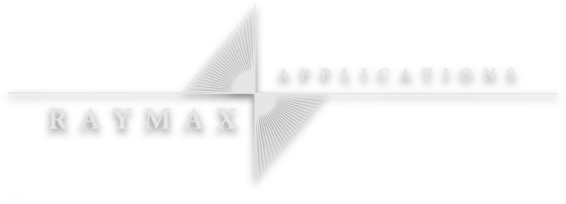FOBA marking system for UDIs
The Australian Government is undertaking a significant program of reform to the regulation of therapeutic goods in Australia. The proposal is to introduce a UDI (Unique Device Identification) system for medical devices. A number of proposals are discussed including a unique Australia mark.
The Therapeutic Goods Administration has published a third consultation paper relating to the Australian implementation of a UDI system, available here.
From September 24, 2022, any reusable and reprocessed medical devices on the U.S. market must bear a UDI direct mark according to the FDA regulations. This will affect products such as surgical instruments, dental probes, medical drills and many more.
FOBA offers support for a compliant technical implementation of industrial laser marking. Namely, the directly marked UDI code that must meet quality criteria to ensure permanent readability of the UDI during multiple reprocessing. In preparation for the changes Raymax can provide advice and a quote for a suitable FOBA marking system.
A new generation application: laser shock peening
Harnessing the energy from pulsed lasers provides a new tool to improve the reliability and lifetime of metal parts. Laser shock peening offers significantly deeper residual compressive stresses than traditional shot peening methods. The laser system is used to improve fatigue loading of repairs and in post-processing for additive manufacturing. With the introduction of THEIA, a diode-pumped Nd:YAG laser, Thales enters a new sector, that of laser shock peening, shifting metal fatigue prevention to a higher plane.
Read more about this in AMT Magazine for October/November
Combining laser technologies
The success of the relationship between AddUp and BeAM recently resulted in a concept part created across both platforms, Laser Beam Melting and Directed Energy Deposition. A hybrid piston head was constructed to demonstrate the technology can produce high performance parts by introducing lattice structures to reduce weight, with internally positioned oil channels that would serve to increase performance. First, the piston core was built using a FormUp 350 laser printer. The piston core was then placed in a BeAM DED machine where rings were created on the top section using a different material (Inconel 625). The 5 axes build platform in the BeAM Magic 800 deposited the rings to increase wear resistance and better performance under high temperatures. The final product demonstrated the effective combination of both technologies paving the way for innovation in manufacturing
If you would like to discuss DED technology with BeAM machines or and AddUp LBM systems talk to Dr Cédric Chaminade, Technical Director, on 02 9979 764
Read the full article in the Industry Update issue for September/October.
